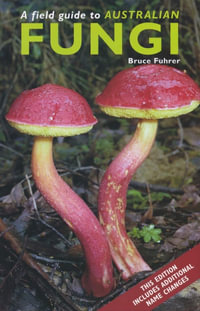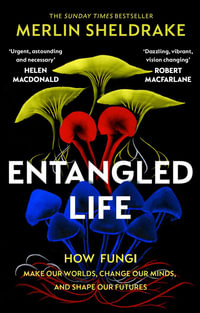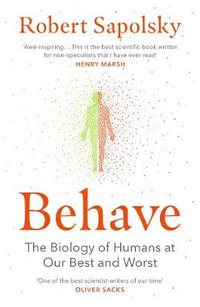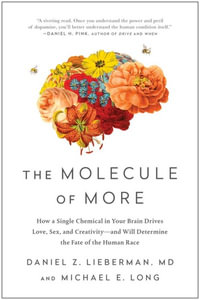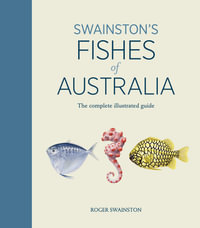How did flying birds evolve from running dinosaurs, terrestrial trotting tetrapods from swimming fish, and whales return to swim in the sea? These are some of the great transformations in the history of life; events that have captured the imagination of scientists and the general public alike. At first glance, these major evolutionary events seem utterly impossible. The before and after look so fundamentally different that the great transformations of the history of life not only seem impossible, but unknowable. The 500 million year history of vertebrates is filled with change and, as a consequence, every living species contains within its structure, DNA, and fossil record, a narrative of them.
A battery of new techniques and approaches, from diverse fields of inquiry, are now being marshaled to explore classic questions of evolution. These approaches span multiple levels of biological organization, from DNA sequences, to organs, to the physiology and ecology of whole organisms. Analysis of developmental systems reveals deep homologies of the mechanisms that pattern organs as different as bird wings and fish fins. Whales with legs are one of a number of creatures that tell us of the great transformations in the history of life. Expeditions have discovered worms with a kind of head, fishes with elbows, wrists, and necks; feathered dinosaurs, and human precursors to name only a few. Indeed, in the last 20 years, paleontologists have discovered more creatures informative of evolutionary transitions than in the previous millennium.
The Great Transformations captures the excitement of these new discoveries by bringing diverse teams of renowned scientists together to attack particular transformations, and to do so in a contents organized by body part--head, neck, fins, limbs, and then the entire bauplan. It is a work that will transform evolutionary biology and paleontology.
Industry Reviews
"In this volume, the editors showcase a comprehensive and impressive series of studies that address some of the most curious and classic questions in evolutionary biology. . . . One of the most ubiquitous and unique themes from this selection of studies is the value of interdisciplinary science. The message to students as well as to senior scientists is this: learn to look at life--its origins and transformations of the past and present--in ways unimagined. The space between methods, materials, discourses, and disciplines is the space that yields rich and rewarding insights into evolutionary biology. As the editors and authors remark, narratives such as the march from monkey to man or the transition from swimming in water to walking on land tell a tale of progression, linearity, and superiority. These narratives can dominate and dictate how scientists interpret the past. Great Transformations in Vertebrate Evolution is a challenge to those narratives and chapter after chapter reveals that life is not linear but full of unpredictable episodes of convergence, reversal to ancestral states, and much more intricate pictures of the patterns and processes of evolution. . . . This book demonstrates that great transformations in vertebrate evolution come from great transformations in the ability of scientists to adopt new evidence and adapt to new approaches."-- "Quarterly Review of Biology"
"This book honors the great Farish A. Jenkins Jr., who studied macroevolutionary transitions in vertebrates by combining a wealth of data from fossils, dissections, experimental analyses of behavior, evolutionary data, and more to reconstruct major changes in form and function, with a strong biological focus. Jenkins was so innovative, so big-question-oriented, and so influential that a book dedicated to him and the kinds of questions in which he was interested is not just appropriate, but essential. The book is timely, summarizing and giving new perspectives on the greatest transitions in vertebrate evolution. The questions are huge. The authors are simply the best in the field. A landmark work from a star-studded cast of scientists."--John Hutchinson, Royal Veterinary College, University of London
"This book will be of broad general interest to vertebrate biologists, indispensable for vertebrate functional and evolutionary morphologists, and essential reading for the next generation of vertebrate organismal biologists. The editors have done an enormous service to the field by collecting these thorough, incisive papers. One feels extremely invigorated and excited about what might be done next. Great Transformations will exert a strong impact on research agendas."--Michael Alfaro, University of California, Los Angeles
"Great Transformations in Vertebrate Evolution is a timely landmark work that presents new intellectual and methodological grounds to unravel long-standing questions in the evolution of vertebrates. I highly recommend this excellent volume to all who have been enchanted by the mysterious beauty of our vertebrate history."--Martin Kundrat, Comenius University, Slovakia "Systematic Biology"
"A broad yet in-depth look at some of the most radical and fascinating changes in vertebrate anatomy and biology over the course of their evolutionary history. With contributions from 35 authors, this book greatly benefits from a range of expertise and many years of scientific research. . . . Great Transformations is an engaging and thorough book explaining not only what we know about vertebrate evolution, but, perhaps more importantly, the evidence behind what we know."--Jordan Bestwick, University of Leicester "Palaeontology Newsletter"




